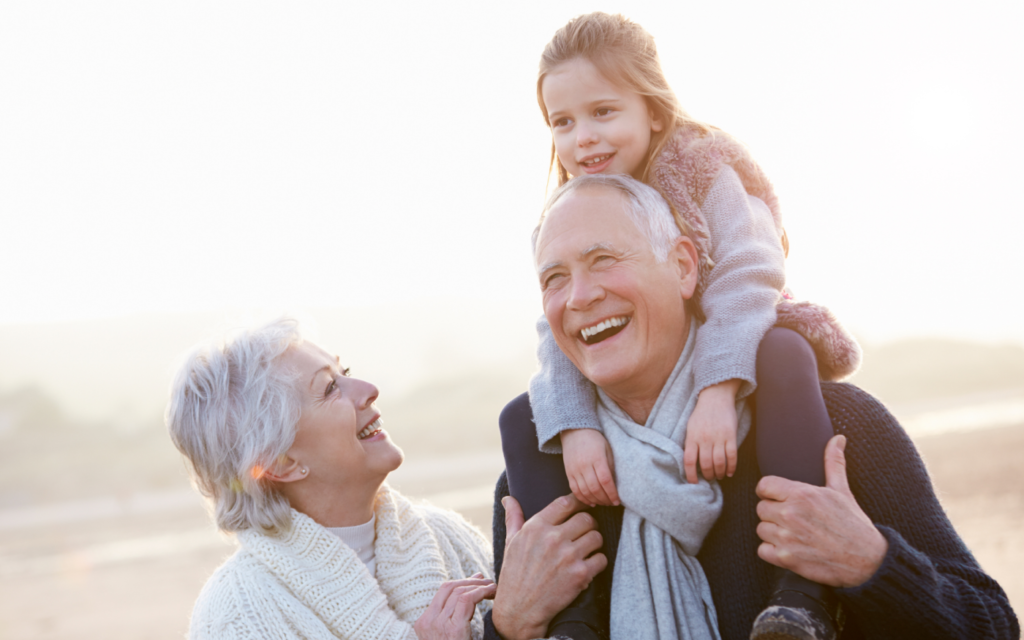
Victor Vo, board-certified Adult Geriatric Nurse Practitioner, comes to Edinger Medical Group with 10 years of experience supporting Senior Adult Day Programs.
According to the American Geriatrics Society, falls are the leading cause of injury-related death for people over the age of 65. As we age, we lose strength, flexibility and muscle mass, and we’re often unable to absorb the force of a fall, leading to life-threatening fractures or head injuries, says Victor Vo, AGNP, a board-certified adult geriatric nurse practitioner with Edinger Medical Group.
Complicating matters further, things we took for granted when we were younger — like good health, mobility, reflexes, vision and hearing — become diminished, he says.
“These things all add up to a perfect environment for a serious fall,” says Vo, who is passionate about senior care and is welcoming new patients.
Fortunately, preventative measures can be put in place to reduce the risks. Here, Vo outlines five strategies that can help prevent seniors from falling.
Professional assessment
The Centers for Disease Prevention and Control and the American Geriatrics Society recommend seniors 65 and older be assessed by a medical professional using a tool called STEADI: Stopping Elderly Accidents, Deaths and Injuries. The three-part system includes screening, assessment and intervention.
When Vo uses the STEADI tool to assess his Edinger patients, he asks them three questions: 1. Have you fallen in the past year? 2. Do you feel unsteady walking or standing? 3. Are you worried about falling?
“Sometimes we might perceive mom and dad being OK, but internally they feel unsteady. They know when things are getting worrisome for them, and that’s important for us to know,” Vo says. He adds that fear and anxiety about falling can throw them off balance.
The STEADI system also includes a physical test that gauges a senior’s ability to sit in a chair, stand up and walk 20 feet. A second test measures their ability to stand up from a chair and sit down as many times as possible in 30 seconds.
A chair is one of the most common places to fall, as they stand up or lean forward, Vo notes.
The final assessment is a four-stage balance test.
Edinger’s senior patients also are screened for chronic diseases such as cardiac disease, diabetes, stroke, osteoporosis, arthritis, fractures, chronic pain, obesity, cachexia (failure to thrive) as well as side effects of medications that can affect balance.
Vo says family plays a tremendous role in checking for unexplained bruises or other signs of a fall on their loved one. “We all have to have eyes on our seniors and be more aware. We have to do it with dignity and respect and make it a cooperative effort.”
Improve mobility
Staying active is key to keeping circulation going and maintaining strength — both crucial to preventing falls, Vo says. If he notes a moderate score on the fall risk assessment, he refers his patient for physical therapy, which can get them from being sedentary to being active, he says.
“Physical therapists are motivating and encouraging. They have seen seniors return back to levels of activity they wanted to reach but didn’t know how to get there,” Vo says.
Seniors who score low on the fall risk assessment still should exercise on their own, whether doing daily chair exercises or one-sided exercises, using hand weights or bands, or walking. For those who are less mobile, an occupational therapist can suggest assistive devices such as a rollator or special orthotics to help them walk or be more stable.
Improve awareness
One contributing cause of falls is a new or changed environment. When seniors move to a new community or move into their children’s home, there will be an adjustment period as they get used to their new surroundings, Vo says.
He notes seniors with advanced cognitive[VV2] decline may not understand where they are. In addition, poor vision is high on the scale of things that contribute to a fall. He recommends his patients have regular vision tests and use an eyeglass neck strap to prevent misplacing their glasses.
What’s more, reflexes are diminished as we age, so families should ensure there are no movable objects in the home that their loved one might reach for to steady themselves.
Certain medications should be avoided, too, including sleep meds that may cause confusion, drowsiness or vertigo, Vo says.
Improve safety
For seniors, even things that seem benign to younger folks can pose a trip hazard — including stairs and walkways, electrical cords, bathtubs and showers with high sides, and loose rugs. Vo suggests calling in an occupational therapist to do a home health assessment to point out fall hazards.
Devices such as chairs and grab bars in the shower, mobility supports such as a cane or a walker, and nonslip mats in kitchens and bathrooms can help reduce falls, Vo says.
Proper, form-fitting shoes are important to maintain good posture, Vo says — and sandals are a no-no, as the front can catch on objects and cause a fall. Lighting should be bright, as seniors’ vision is diminished, especially in the dark, when the majority of falls occur.
Vo also recommends seniors wear first-alert-style bracelets or necklaces that include their medical diagnosis and phone number or smartwatches that alert authorities if they fall.
Team prevention
To coin a popular phrase, it takes a village to keep our seniors safe. Vo offers a few tips:
There is safety in numbers. Seniors should always use the buddy system when outdoors, whether walking, swimming or exercising.
Make sure family members, caregivers, and medical providers are aligned with your beliefs and concerns.
Provide your loved ones with options and advice, but empower them by letting them make their own decisions.
Provide more resources, more eyes and more conversation. Do it with dignity, do it with respect.
All Edinger Medicare Advantage patients have direct access to senior care coordinators. For information, call or text 714-965-2500 or email info@edingermedicalgroup.com.
